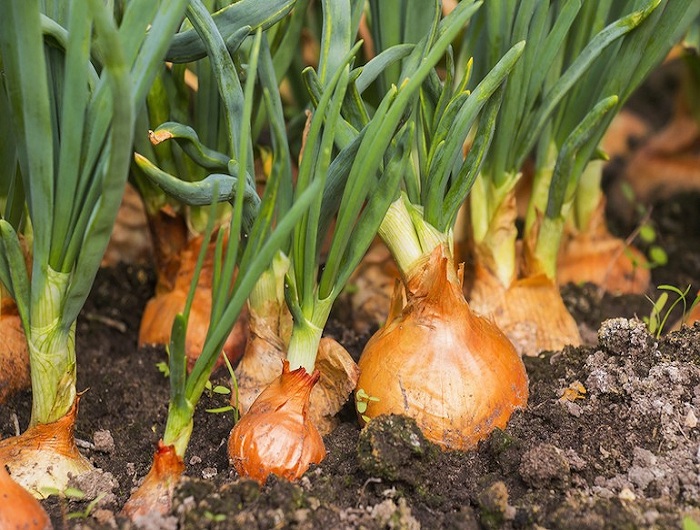Vegetables can be sown in the spring and harvested all the way through the fall and into the middle of winter. After that, you can continue on with your garden throughout the rest of the year by planting additional vegetables for winter harvesting or overwintering.
Below are seasonal planting guides for vegetables that can be grown and eaten throughout the year:
Winter Vegetables to Plant in Spring
There are two types of plants that can be sown in the spring for harvest in the colder months. The first batch consists of crops that you will sow in order to harvest and eat during the winter. The second set consists of vegetables that you will plant in the spring and harvest in the fall for use throughout the winter.
The former is the focus of this article; it can remain in your garden throughout the winter without being removed for storage as long as it is protected from the worst of the winter’s weather.
Consider sowing the following crops in the spring to eat during the winter months:
- Brussels sprouts
- Kale/ winter cabbages
- Perennial vegetables
Perennial vegetables are an especially appealing option because they will not only provide you with food for one winter but will also feed you during the coldest months year after year. Some perennial greens, such as a variety of perennial kale, can produce leafy greens even in the winter if they are shielded from the cold.

Winter Vegetables to Plant in Summer
Planting winter greens and other crops in the summer is still possible. Even though most plants in temperate climates go dormant during the coldest part of the year, those that are sown in the summer have a good chance of growing to a respectable size before the first frosts.
If the plants are given enough warmth and protection from the frost, they will live through the winter and can be harvested gently all the way into spring.
Consider planting these summertime vegetables:
- Brassicas
- Chard
- Chicory
- Asian greens (pak choi/ mizuna/ or mibuna/ etc.)
- Spinach
- Winter lettuces
- Spring onions
- Carrots
- Beets
- Turnips

Winter Vegetables to Plant in the Early Fall
You might assume that it’s too late to start planting or sowing anything after summer has ended. It’s not too late to plant crops if you have some way to keep them safe. You won’t be able to eat these crops during the winter, but they can stay alive with a little help so you can get an early crop next spring.
For example, in the early fall, consider planting:
- Winter peas
- Fava beans (an overwintering variety)
Before the coldest part of the year, these crops will start to grow a little. One good thing about planting these crops in your growing areas over the winter is that the bacteria in their roots help fix nitrogen from the air. Therefore, they will improve the soil in your gardens.

Winter Vegetables to Plant in the Fall
It’s still possible to put something in your garden even now, in the late fall. You might want to plant:
- Overwintering onion sets
- Overwintering garlic
Protecting the soil from rain and snow will allow you to overwinter onion sets (small immature onion bulbs) or garlic even in the coldest areas. These will overwinter in the ground to develop their root systems and get an early start in the spring. (An even sooner harvest can be achieved by growing them indoors.)

Vegetables to plant in the middle of winter
You might be surprised to learn that you can still think about planting seeds in the middle of winter. Even if you can’t sow seeds outside in a temperate climate winter, you can still sow and grow them indoors, on your windowsills or another bright spot.
Midwinter, around New Year’s, is a good time to sow:
- Tomatoes
- Peppers
- Eggplants
The earlier you plant these seeds, the more fruit they will bear at harvest time. For germination to occur, you’ll need to provide a warm environment. (It is possible that a homemade propagator would suffice.) After this, you should be fine in a sunny spot inside.
Tomato and pepper plants can be grown in containers and then moved outside (or into a greenhouse) when the weather is warm enough.
Lack of light is the primary problem with growing seedlings during the winter
There may be a solution in the form of low-power LED grow lights if this is a problem where you live.
Chitting potatoes is another activity that can start in the winter. All it takes is a cool, bright windowsill and a few weeks for the ‘chits’ or young green shoots to emerge from the seed potatoes. Although it’s not required, chitting potatoes can help your potato plants thrive once you put them in the ground.
If you plan ahead and protect your garden from the weather, you can keep a number of plants alive and well in your home and garden all through the winter.


